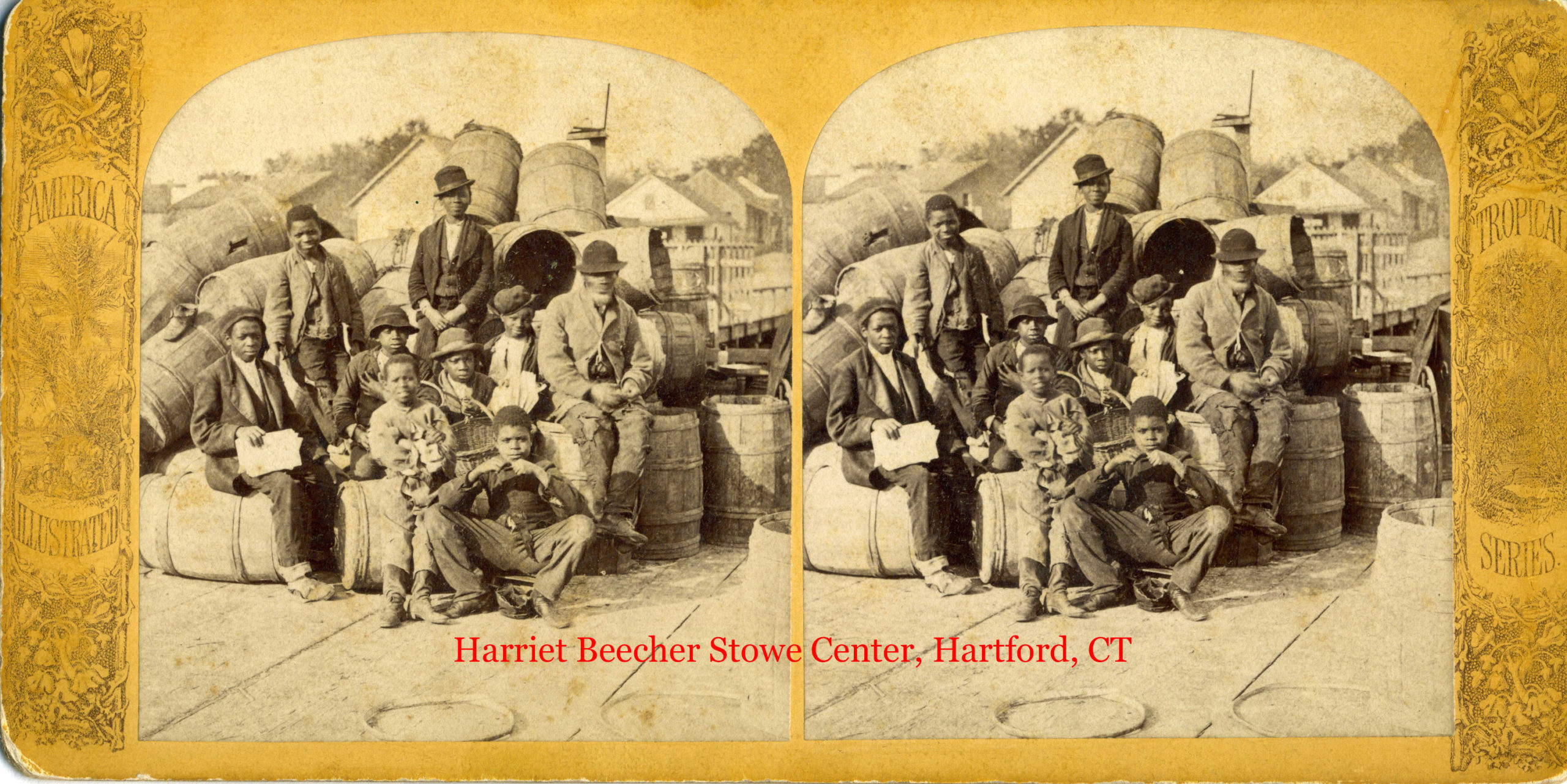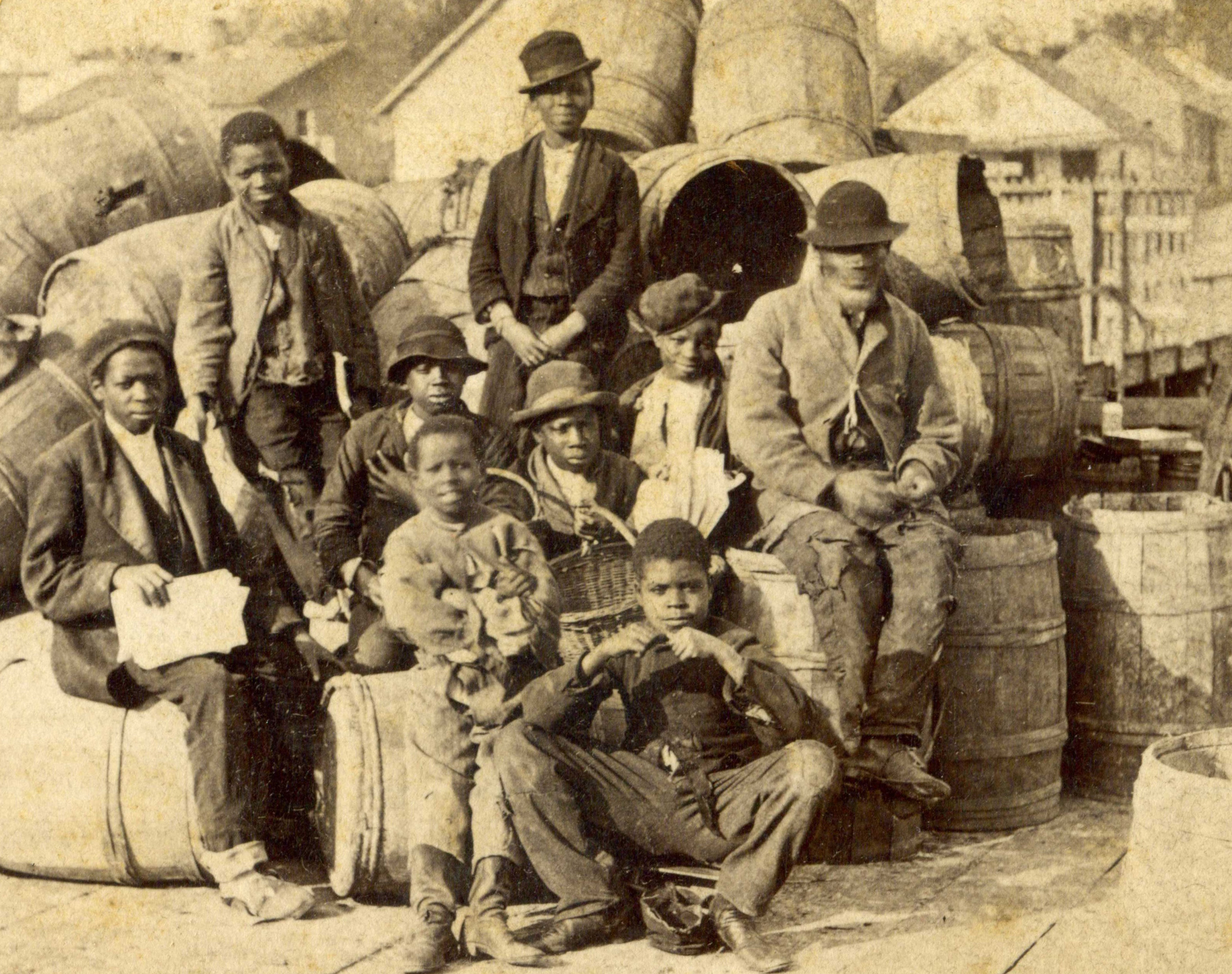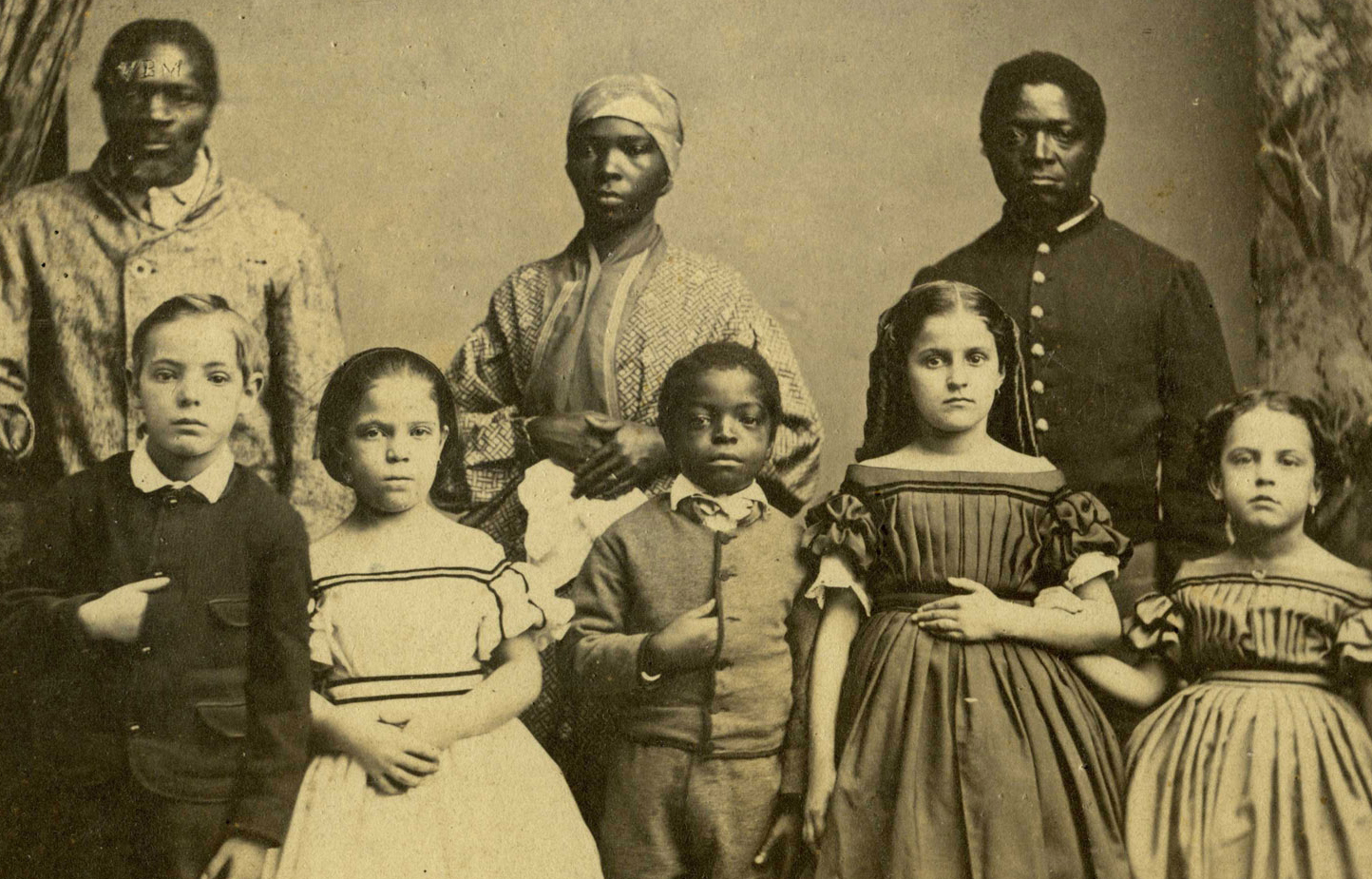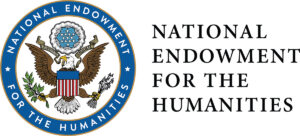Amy Hufnagel
Director of Programs & Visitor Experience
Harriet Beecher Stowe Center
TEACHER'S SNAPSHOT
Subjects:
African Americans, Children, Civil War, Popular Culture, Race, Slavery & Abolition
Course Topics/Big Ideas:
Cultural Diversity and an American National Identity
Town:
Hartford
Grade:
Grade 8, High School
Lesson Plan Notes
This is a deep looking exercise using one photograph from the Harriet Beecher Stowe Center collection. The image comes from the “America Illustrated, Tropical Series,” a set of stereograph images of the American South, c. 1870-1880. Relatively inexpensive, stereographs and stereo viewers (used to display the images in 3-D) were common in schools and middle-class homes from the 1850s to the 1920s. Although many stereographs depict national landmarks, scenery, and foreign travel destinations, others represent people, often in a way intended to be comical or highlighting their “exoticness” or differentness from the mostly white audience that viewed them. In this way, photography— considered the newest, best, and most “honest” medium at the time—established many stereotypes and cultural assumptions and fueled ongoing misrepresentations. However, these representations can be important tools in understanding how the meaning of race was visually and culturally defined in the United States during the post-Civil War period.
ESSENTIAL QUESTION
SUPPORTING QUESTIONS
- Who might have taken this photograph?
- Who was intended to see it?
- What do you see?
- Where do you think the photograph was taken?
- When do you think the photograph was taken?
- How is the image composed/arranged?
- Why was this particular photograph taken?
ACTIVITY
In this activity, students will engage in close looking and visual thinking about one photograph and take part in an open-ended discussion that peaks their “history detective” instincts.
- Start by sharing the compelling question, and then display the first full stereograph image, and then the cropped detail of the image, so that everyone can see it clearly. You may want to duplicate this image as a handout for students, in addition to projecting the image, if that helps focus student looking.
- Do not provide any background information, just give several minutes for students to look closely and notice everything they can. Students may make notes or use the Library of Congress Primary Source Analysis worksheet to keep track of their observations.
- Ask students to share everything that they have noticed. Try to keep them focused on what they SEE, rather than WHAT THEY THINK at the beginning. When students start to surmise, imagine, or infer meaning from the photograph, ask, “What do you see that makes you say that?” [For more information about using the Visual Thinking Strategies (VTS) with students, visit vtshome.org/.]
- Once you have exhausted all of the students’ initial observations, have them generate questions they have about the photograph and its context. You may also want to introduce some of the suggested supporting questions (above). Which of these questions can we answer? Which ones can’t we? Where could we look to find out more? What have we learned from this process of looking closely?
OPPORTUNITIES FOR ASSESSMENT
- Students will demonstrate their understanding of the close-looking process by repeating the exercise independently or with a partner using a different photograph from the Harriet Beecher Stowe Center collection, “Emancipated Slaves” (available above, in the toolkit.)
- Students will write a reflection about the ways in which a photograph can support—or obscure—our understanding of the United States in the period after the Civil War. Students will demonstrate empathy for unnamed subjects of these photographs and identify ways in which photographs can both represent and misrepresent their subjects.
RESOURCE TOOL KIT

Stereograph. #31 “Group of Natives, Jacksonville, Fla.” in “America Illustrated, Tropical Series.” Photographer unknown, c. 1870-1880. Harriet Beecher Stowe Center, Hartford, CT.

Detail of stereograph. #31 “Group of Natives, Jacksonville, Fla.” in “America Illustrated, Tropical Series.” Photographer unknown, c. 1870-1880. Harriet Beecher Stowe Center, Hartford, CT.

“Emancipated Slaves Brought from Louisiana by Colonel George H. Hanks”, photograph 1863 by Myron H. Kimball, New York. Harriet Beecher Stowe Center, Hartford, CT.
ADDITIONAL RESOURCES
Places to GO
Harriet Beecher Stowe Center, Hartford, available for public tours and school programs.
Things To DO
Look at other images in the “Tropical Series” available online:
- Images from the New York Public Library
- Images from the National Museum of African American History & Culture
Make your own stereoscope: “D.I.Y. Victorian Virtual Reality”
Websites to VISIT
“Stereotypes through the Stereoscope: Racism and Sexism in Stereographs.” by Derek Peterson and Patrick Hamrick. Illinois University Library.
Articles to READ
“Stereographs Were the Original Virtual Reality.” By Clive Thompson. Smithsonian Magazine, October 2017.
“History in 3-D: An Introduction to Stereoviews.” By Karen Robertson. Ohio History Connection, August 24, 2016.



